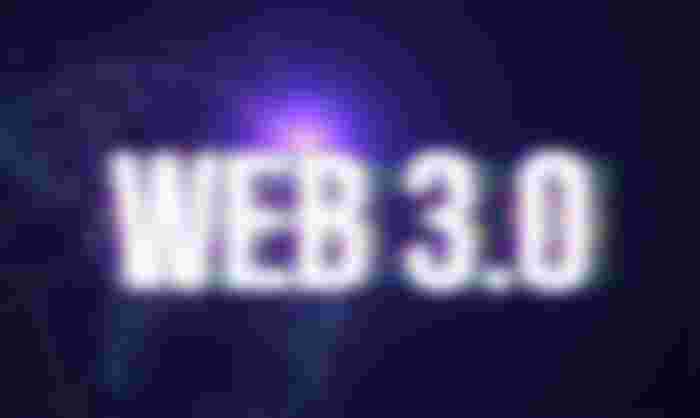Web3 Terminologies You Should Know As a Beginner.
Blockchain: Blockchain technology was first introduced in 2008 by Satoshi Nakamoto as a public ledger for bitcoin transactions. It was designed to avoid double-spending without requiring any trusted intermediary or central server.

This is achieved through encryption techniques and distributed computing power across networks of computers worldwide, also known as miners, who confirm and add new transactions to new blocks that are added to the chain of existing blocks.
Minting: Minting an NFT” is the act of publishing a unique instance of your token on the blockchain. NFT minting itself is a fancy term for “store on blockchain.”
Burning: “Burning” in the context of cryptocurrencies refers to removing tokens from circulation to increase the value of those tokens that are still in circulation.
Airdrop: Cryptocurrency projects distribute token airdrops to boost community participation.
The goal is to distribute newly created tokens to hundreds or thousands of wallet addresses so that more individuals will participate in the initiative.
Whitelisting: If you’re actively following the NFT space, you should have heard about this one way or the other.
What exactly does Whitelist mean, and why should you care?
The term whitelisting is a cyber-security term that involves approving a list of email addresses, IP addresses, and applications and denying all others who are not on the list.
In other words, it means giving special privileges and access to a particular thing.
A more relatable example:
If Kanye West whitelists you for one of his concerts. This means you get special privileges. For instance, It could mean a unique front row while everyone else queues to enter the venue. Or even access to his after-party, which isn’t available to everyone
What does it mean to get whitelisted
Your cryptocurrency has been added to a list with special minting privileges.
Whitelist allows you to mint one or more NFTS before the official launch date(when everyone is rushing to get in) and at a much lower price. Sometimes, it might even mean a free mint!
Ethereum: Ethereum is a decentralized, blockchain-powered global platform for smart contracts and distributed applications. It is well known for its associated cryptocurrency, ETH.
Smart contracts, a crucial component of blockchain applications, can be used immediately.
Multiple applications in decentralized finance (Defi) and other domains employ smart contracts and blockchain technology together.
Gas fees: When doing a transaction on the blockchain, users are obliged to pay a “gas fee” to compensate for the computational resources necessary to complete the verification process. The gas limit is the maximum amount of gas (or energy) you are willing to spend for a particular transaction.
Metadata: The term “metadata” refers to data about data. What this means is that it provides background and explanation for the data. Specifically, it identifies the data’s rightful owner and highlights the critical distinctions between the various NFTs.
Smart contracts: Smart contracts are digital agreements stored on a blockchain and automatically carried out when certain conditions are met.
DAO: A Decentralized Autonomous Organization, or DAO for short, is a group whose members make all the decisions and to which no outsider or authority can dictate how things are run.
Defi: Instead of having a single entity, such as a bank, government agency, or financial management business, oversee all financial transactions, a decentralized financial system, or Defi, uses the blockchain to ensure trustless transactions and record keeping.
NFT: NFTs are digital assets. Or, in a more straightforward form, they’re certificates of ownership to any digital asset you buy or own, and it’s secured on a blockchain.
NFT means Non Fungible Tokens.
That’s not so helpful.
Well, what that means is: that NFTs are not interchangeable.
If I have a thousand dollar note and you have Two five hundred dollar notes, we can exchange it, and it’d still be the same.
Same thing for Bitcoin. Bitcoins can be exchanged.
So an NFT is effectively a digital asset that can be traded — but it’s non-fungible: 10 different NFTs will have ten different values.
Another illustration people use is the famous MONA Lisa painting.
The famous Lisa
Mona Lisa is a blown painting! Everyone knows it. You’ve either seen it as a meme or randomly appeared somewhere.
But the funny thing is, the original painting is sitting somewhere in France right now, and it’s worth over 800 Million dollars.
Imagine getting this information now and going to Google to save an image of the Mona Lisa, print it out, and decide to sell it for a million dollars.
But you obviously can’t do that because you do not own its certificate of ownership, which is the only way to certify that it’s an original painting by Leonardo Davinci.
And as a beginner, it’s easy to think NFTs are all overpriced images or art on the internet.
But NFTs are more than art. NFT can be anything. Remember the explanation about the certificate of ownership?
As long as you’ve paid, NFT is the unique token. Your ownership claim whatsoever asset you get.
It can be an image, music, a concert ticket, or even a digital course!
Anything!
Tokenomics: Tokenomics, a combination of the words ‘token’ and ‘economics,’ is an umbrella term that refers to all the different characteristics of a virtual currency that might cause its market value to change.
Conclusion
The list of terms in web3 is inexhaustible, and I’ll add to this list as time goes on.
Looking to transition into web3, follow me for more valuable content.
